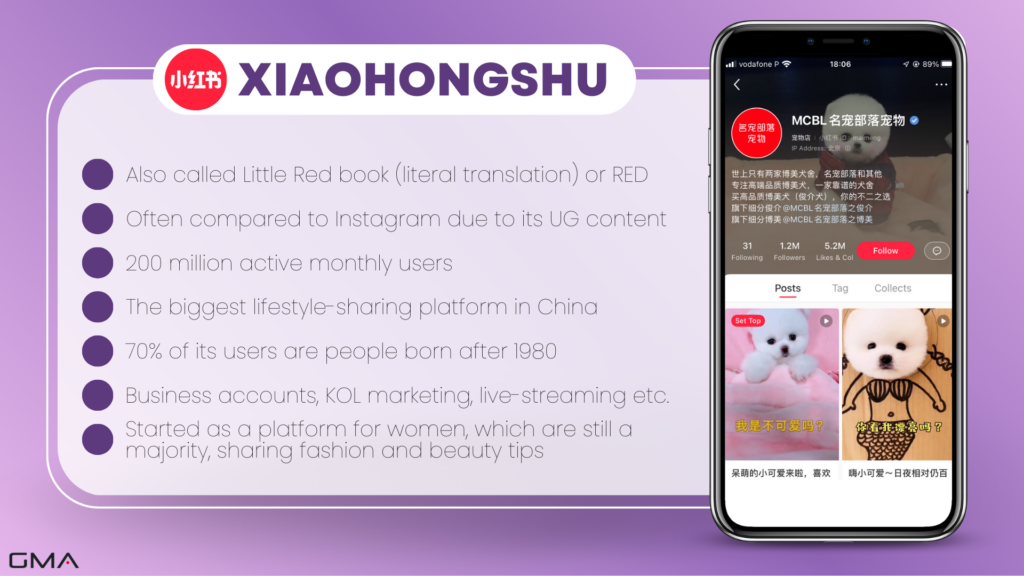Xiaohongshu's E-Commerce Surge: Real Powerhouse or Still a Niche Darling in China's $2.5 Trillion Market?
In the sprawling bazaar of China's e-commerce landscape—where giants like Alibaba's Tmall and JD.com command over 90% of the $2.78 trillion gross merchandise value (GMV) pie—Xiaohongshu (Little Red Book) often feels like the quirky indie boutique next door. Dubbed "China's Instagram," this lifestyle app blends user-generated content (UGC) with seamless shopping, turning scrollable "notes" on beauty routines, travel hauls, and fashion hauls into impulse buys. But as we hit late 2025, with social commerce exploding to a projected RMB 4.8 trillion ($670 billion) in GMV, is Xiaohongshu's e-commerce arm a legitimate contender or just a trendy niche for urban trendsetters? Spoiler: It's both—thriving in high-value segments while chipping away at the edges of the behemoths. Drawing from recent market data and platform metrics, let's unpack why Xiaohongshu is no flash in the pan, even if it won't dethrone Douyin anytime soon. https://jingdaily.com/posts/decoding-xiaohongshu-s-success-from-slang-leader-to-product-reviewer
The Numbers Don't Lie: Explosive Growth in a Crowded Arena
Xiaohongshu isn't playing small ball anymore. Launched in 2013 as a cross-border shopping guide, it pivoted hard into social commerce by 2019 with in-app stores and livestreams, capitalizing on its 300-376 million monthly active users (MAUs)—75% young urban women aged 18-34 who prioritize "self-pleasure" shopping over bargains. In 2024, the platform raked in $4.8 billion in revenue, a 30% YoY jump, with e-commerce transactions fueling 30% of that haul (the rest split between ads at 60% and partnerships at 10%). Fast-forward to 2025: Analysts forecast triple-digit GMV growth, pushing sales revenue past $100 billion— a massive leap from its pre-2024 stumbles. https://marketingtochina.com/xiaohongshu-marketing-guide
Key milestones underscore this momentum. Purchasing users quadrupled in the past year, and merchants hitting $1 million in monthly sales ballooned 350%. During the 2024 618 festival, livestream orders spiked 540%, while in-store broadcasts saw GMV grow fivefold. Brands like L'Oréal, Coach, and Proya aren't just dipping toes—they're diving in, with 78% of users basing buys on peer reviews and UGC, fostering a "trust economy" that traditional platforms envy. Valuation-wise, Xiaohongshu hit $20 billion in January 2025 after a stake sale to heavyweights like DST Global and Hillhouse, surging 19% to $31 billion by September amid investor bets on its lifestyle edge. In a market growing at 10% CAGR to $2.54 trillion by 2030, this isn't niche fluff—it's a $100B+ revenue engine targeting the aspirational spender who shuns Douyin's discount frenzy for curated vibes. https://www.marketing-interactive.com/why-xhs-is-the-platform-to-watch-amid-asia-social-commerce-boom
Niche Strengths: Where Xiaohongshu Shines (and Why It Matters)
Critics like Beijing analyst Li Chengdong argue Xiaohongshu's GMV is "too small" to rattle Tmall or Pinduoduo, which dominate with scale and logistics. Fair point—it's not a volume king like Douyin's $200 billion social commerce slice. But that's by design. Xiaohongshu carves a premium niche in beauty, fashion, wellness, and lifestyle—categories where authenticity trumps price. Think AR try-ons via its "Dian Dian" AI assistant, personalized feeds blending UGC with shoppable links, and "grass-planting" (organic influencer endorsements) that drive 77% of purchases via community trust. https://cosmeticschinaagency.com/xiaohongshu-marketing-the-ultimate-guide-for-brands
This focus yields outsized ROI: Less price-sensitive users (e.g., financially independent urbanites) snap up $2,000 suits alongside $8 rice bags in livestreams, with conversion rates 35% higher than on broader platforms. During 2025's Singles' Day, it ranked among the top three digital marketing channels alongside WeChat and Douyin, with brands reporting 200% YoY growth in high-end skincare. Globally, its 7 million overseas users (up 25-30% in 2025) position it for cross-border plays, like U.S. pilots drawing "TikTok refugees" for diaspora shopping. In short, it's niche because it's real—excelling where giants falter on depth, not breadth.
The Verdict: Real, Relevant, and Ready to Scale
Xiaohongshu's e-commerce isn't a sideshow; it's a strategic powerhouse in China's social commerce revolution, projected to hit 14.5% CAGR through 2030. While it won't eclipse Alibaba's 44% market share anytime soon, its $100B+ 2025 GMV forecast and 30% revenue from transactions prove it's no mere content farm. For brands in lifestyle verticals, it's indispensable: 79% of users shop for joy, not deals, creating a moat of loyalty that pure e-tailers can't touch. Challenges like scaling beyond urban China or competing on logistics persist, but with AI upgrades and global pilots, Xiaohongshu is evolving from niche curator to borderless commerce hub.
Bottom line: In 2025's maturing market—where social selling hit RMB 3.42 trillion in 2023 and keeps climbing—Xiaohongshu is very real, just smartly specialized. If you're a brand chasing authentic engagement over mass volume, ignore it at your peril. For the rest? It's a killer complement to the big dogs

Aucun commentaire:
Enregistrer un commentaire